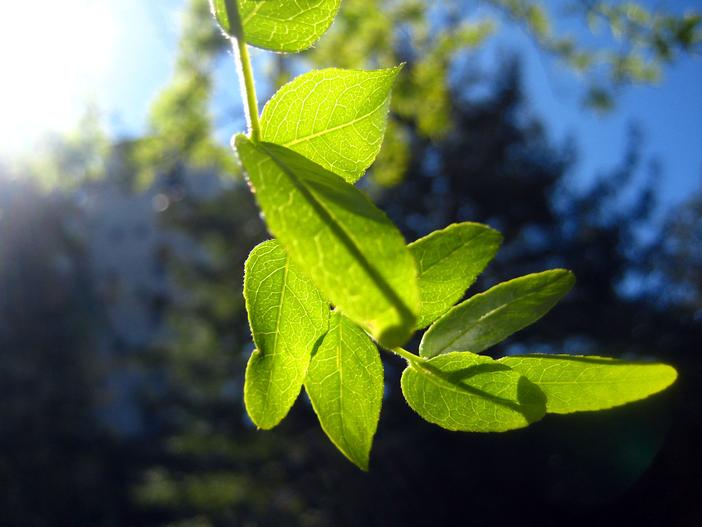Thornless Honey Locust
(Gleditsia triacanthos f. inermis)
Thornless Honey Locust (Gleditsia triacanthos f. inermis)
/
/

Bri Weldon
CC BY 2.0
Image By:
Bri Weldon
Recorded By:
Copyright:
CC BY 2.0
Copyright Notice:
Photo by: Bri Weldon | License Type: CC BY 2.0 | License URL: https://creativecommons.org/licenses/by/2.0/ | Uploader: briweldon | Publisher: Flickr




















Estimated Native Range
Summary
Gleditsia triacanthos f. inermis, commonly known as the Thornless Honey Locust, is a deciduous tree native to the central and eastern United States, particularly found in floodplains and river valleys. This cultivar is a naturally occurring thornless variety of the Honey Locust tree. It typically grows to a height of 30-70 feet (9-21 meters) and spreads 30-50 feet (9-15 meters). The tree has a graceful, open form with a short trunk and a broad, rounded crown. It produces inconspicuous greenish-yellow flowers in late spring, followed by long, twisted seed pods. The foliage is fern-like, providing light, dappled shade, and turns a clear yellow in the fall.
The Thornless Honey Locust is valued for its adaptability to a wide range of soil conditions, including poor soils, and its tolerance of drought and urban pollution. It is often used in urban landscapes, along streets, in parks, and as a shade tree in residential areas. This tree requires full sun to part shade and prefers well-drained soil, although it can tolerate occasional wetness. It is relatively low-maintenance once established. One of the notable benefits of this tree is its lack of thorns, which makes it a safer choice for public spaces and home gardens. However, it can be susceptible to pests such as webworms and borers, and diseases like leaf spot and canker.CC BY-SA 4.0
The Thornless Honey Locust is valued for its adaptability to a wide range of soil conditions, including poor soils, and its tolerance of drought and urban pollution. It is often used in urban landscapes, along streets, in parks, and as a shade tree in residential areas. This tree requires full sun to part shade and prefers well-drained soil, although it can tolerate occasional wetness. It is relatively low-maintenance once established. One of the notable benefits of this tree is its lack of thorns, which makes it a safer choice for public spaces and home gardens. However, it can be susceptible to pests such as webworms and borers, and diseases like leaf spot and canker.CC BY-SA 4.0
Plant Description
- Plant Type: Tree
- Height: 30-70 feet
- Width: 30-70 feet
- Growth Rate: Rapid
- Flower Color: Green, Yellow
- Flowering Season: Spring
- Leaf Retention: Deciduous
Growth Requirements
- Sun: Full Sun
- Water: Medium
- Drainage: Fast, Medium
Common Uses
Deer Resistant, Drought Tolerant, Low Maintenance, Street Planting
Natural Habitat
native to the central and eastern United States, particularly found in floodplains and river valleys
Other Names
Common Names: Smooth Honeylocust , Thornless Honeylocust
Scientific Names: Gleditsia triacanthos f. inermis
GBIF Accepted Name: